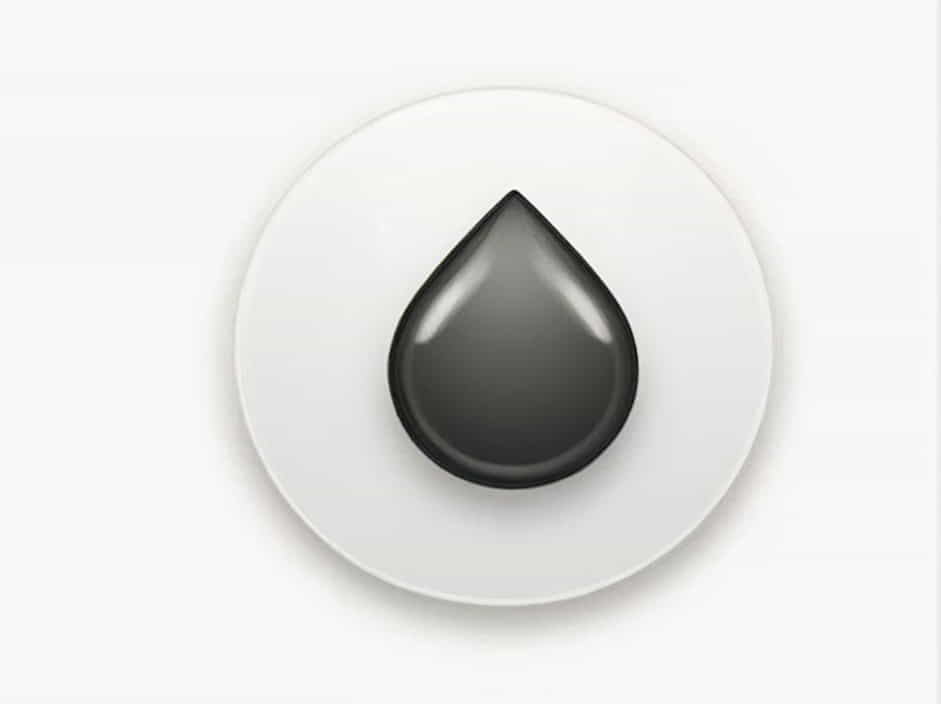Thermoplastic polymers are widely used in various industries due to their ability to be reshaped and remolded upon heating. One of the most well-known examples of a thermoplastic polymer is polyethylene (PE). This versatile material is found in countless everyday products, from packaging to automotive parts. we will explore polyethylene in detail, including its properties, types, applications, and advantages.
What Is Polyethylene?
Polyethylene (PE) is a lightweight, durable thermoplastic polymer composed of repeating ethylene (C2H4) units. It is one of the most commonly used plastics worldwide due to its affordability, flexibility, and resistance to moisture and chemicals.
Key Characteristics of Polyethylene
- Thermoplastic nature Can be melted and reshaped multiple times without significant degradation.
- Lightweight Has a low density, making it easy to transport and handle.
- Chemical resistance Resistant to most acids, bases, and solvents.
- Waterproof Does not absorb water, making it ideal for moisture-sensitive applications.
- Non-toxic Safe for food contact and medical applications.
Types of Polyethylene
Polyethylene comes in various forms, each with unique properties and applications. The most common types include:
1. Low-Density Polyethylene (LDPE)
LDPE is a highly flexible and lightweight version of polyethylene. It is used in applications where flexibility and impact resistance are required.
Common Uses:
- Plastic bags and grocery bags
- Squeeze bottles
- Food packaging
- Cling wraps
- Insulation for electrical wires
2. High-Density Polyethylene (HDPE)
HDPE is a stronger, more rigid version of polyethylene. It is known for its high strength-to-density ratio, making it ideal for heavy-duty applications.
Common Uses:
- Milk jugs and detergent bottles
- Hard hats and helmets
- Water pipes and plumbing systems
- Outdoor furniture
- Industrial containers
3. Linear Low-Density Polyethylene (LLDPE)
LLDPE has properties similar to LDPE but offers improved tensile strength and puncture resistance. It is often used in film applications.
Common Uses:
- Stretch wrap and shrink films
- Agricultural films
- Pouches and packaging materials
4. Ultra-High Molecular Weight Polyethylene (UHMWPE)
UHMWPE is an extremely tough and abrasion-resistant polyethylene variant. It is used in high-performance applications requiring superior durability.
Common Uses:
- Bulletproof vests
- Artificial joints and prosthetics
- Industrial conveyor belts
- High-performance gears and bearings
Advantages of Polyethylene
Polyethylene is widely used due to its numerous benefits, which include:
1. Cost-Effectiveness
Polyethylene is inexpensive to manufacture, making it an affordable option for mass production.
2. Versatility
Available in different forms, polyethylene can be used in diverse industries, from packaging to construction.
3. Durability
Polyethylene has excellent resistance to wear, impact, and environmental factors, ensuring a long lifespan.
4. Recyclability
Most types of polyethylene can be recycled, reducing plastic waste and environmental impact.
5. Non-Reactive Nature
Its resistance to chemicals and moisture makes it ideal for storing food, beverages, and hazardous substances.
Disadvantages of Polyethylene
Despite its many advantages, polyethylene has some drawbacks:
- Environmental concerns Non-biodegradable and can contribute to plastic pollution if not recycled properly.
- Low heat resistance Can deform at high temperatures, limiting its use in high-heat applications.
- Flammability Some types of polyethylene are highly flammable and require additives to reduce fire risk.
Applications of Polyethylene in Different Industries
1. Packaging Industry
Polyethylene is widely used in packaging due to its lightweight and moisture-resistant properties. It is found in plastic bags, wraps, containers, and bottles.
2. Medical and Healthcare
In the medical field, polyethylene is used in prosthetics, tubing, syringes, and surgical implants due to its biocompatibility.
3. Automotive Industry
HDPE and UHMWPE are used in fuel tanks, bumpers, and interior components of vehicles due to their strength and durability.
4. Construction and Infrastructure
Pipes, insulation materials, and geomembranes made from polyethylene play a crucial role in construction and infrastructure projects.
5. Textile Industry
Some polyethylene fibers are used in clothing, sports gear, and bulletproof vests due to their high tensile strength.
Future of Polyethylene and Sustainability Efforts
As environmental concerns grow, industries are shifting toward biodegradable and recyclable polyethylene alternatives. Researchers are developing eco-friendly polyethylene variants to reduce plastic waste and pollution.
Efforts to Improve Sustainability:
- Enhanced recycling methods to improve polyethylene waste management.
- Bio-based polyethylene production using renewable resources.
- Developing biodegradable plastics to replace traditional polyethylene.
Polyethylene is a highly versatile thermoplastic polymer that has revolutionized numerous industries. With its cost-effectiveness, durability, and adaptability, it remains a crucial material in everyday life. However, addressing its environmental impact through recycling and innovation is essential for a sustainable future. As technology advances, more eco-friendly alternatives and efficient recycling methods will shape the next generation of polyethylene applications.
